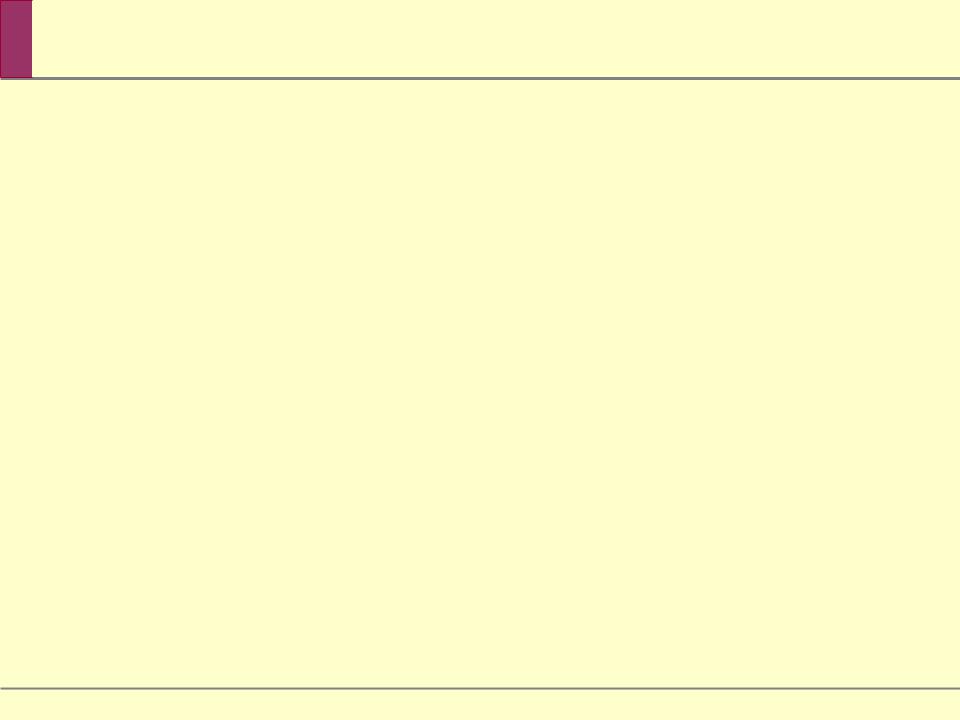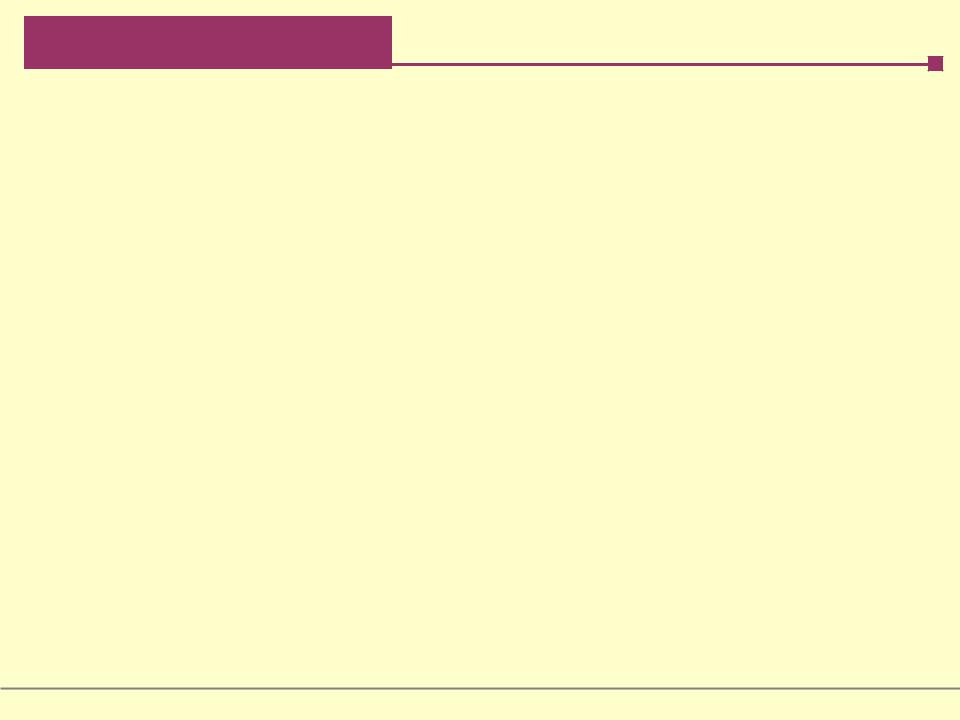
Lectures_micro / Microeconomics_presentation_Chapter_2
.pdf

 Circular-Flow of Economic Activities
Circular-Flow of Economic Activities
Ultimately, factor markets determine the economy’s income distribution, how total income is divided among the owners of the various factors of production.


 Growth in the U.S. Economy from 1962
Growth in the U.S. Economy from 1962

…to 1988


 Using Models
Using Models
Positive economics is the branch of economic analysis that describes the way the economy actually works.
Normative economics makes prescriptions about the way the economy should work.
A forecast is a simple prediction of the future.


 Using Models
Using Models
Economists can determine correct answers for positive questions, but typically not for normative questions, which involve value judgments.
The exceptions are when policies designed to achieve a certain prescription can be clearly ranked in terms of efficiency.
It is important to understand that economists don’t use complex models to show “how clever they are,” but rather because they are “not clever enough” to analyze the real world as it is.


 When and Why Economists Disagree
When and Why Economists Disagree
There are two main reasons economists disagree:
Which simplifications to make in a model
Values

SUMMARY
1. Almost all economics is based on models. An important assumption in economic models is the other things equal assumption, which allows analysis of the effect of a change in one factor by holding all other relevant factors unchanged.
2. One important economic model is the production possibility frontier. It illustrates: opportunity cost, efficiency, and economic growth. There are two basic sources of growth: an increase in factors of production, resources such as land, labor, capital, and human capital, inputs that are not used up in production, and improved technology.

SUMMARY
3. Another important model is comparative advantage, which explains the source of gains from trade between individuals and countries. Everyone has a comparative advantage in something. This is often confused with absolute advantage, an ability to produce a particular good or service better than anyone else.
4. In the simplest economies, people barter or trade goods and services for one another—rather than trade them for money, as in a modern economy. The circular-flow diagram represents transactions within the economy as flows of goods, services, and money between households and firms. These transactions occur in markets for goods and services and factor markets.

SUMMARY
5. Economists use economic models both for positive economics, which describes how the economy works, and for normative economics, which prescribes how the economy should work. Positive economics often involves making forecasts. Economists can determine correct answers for positive questions, but typically not for normative questions, which involve value judgments.
6. There are two main reasons economists disagree. One, they may disagree about which simplifications to make in a model. Two, economists may disagree—like everyone else —about values.
